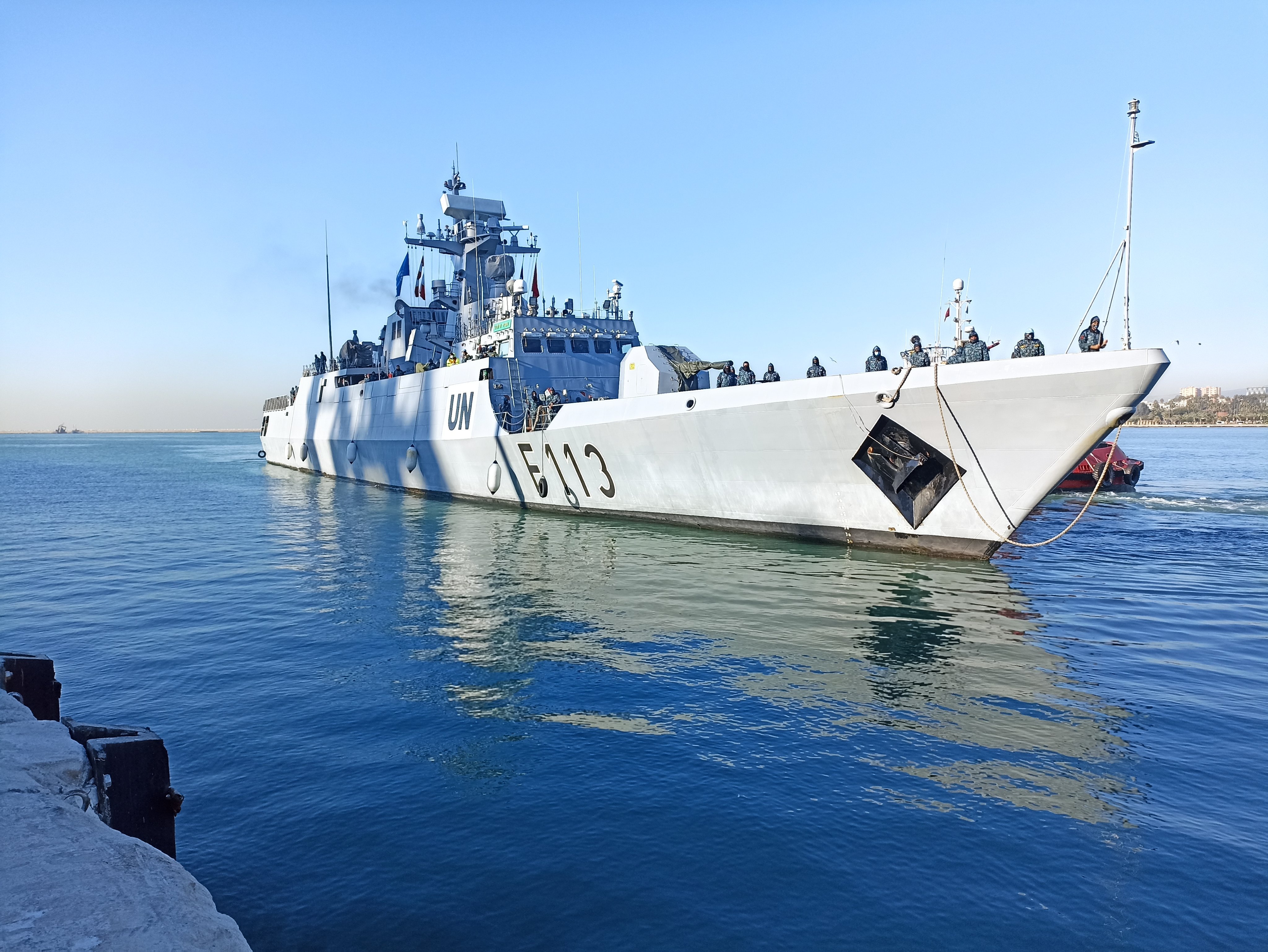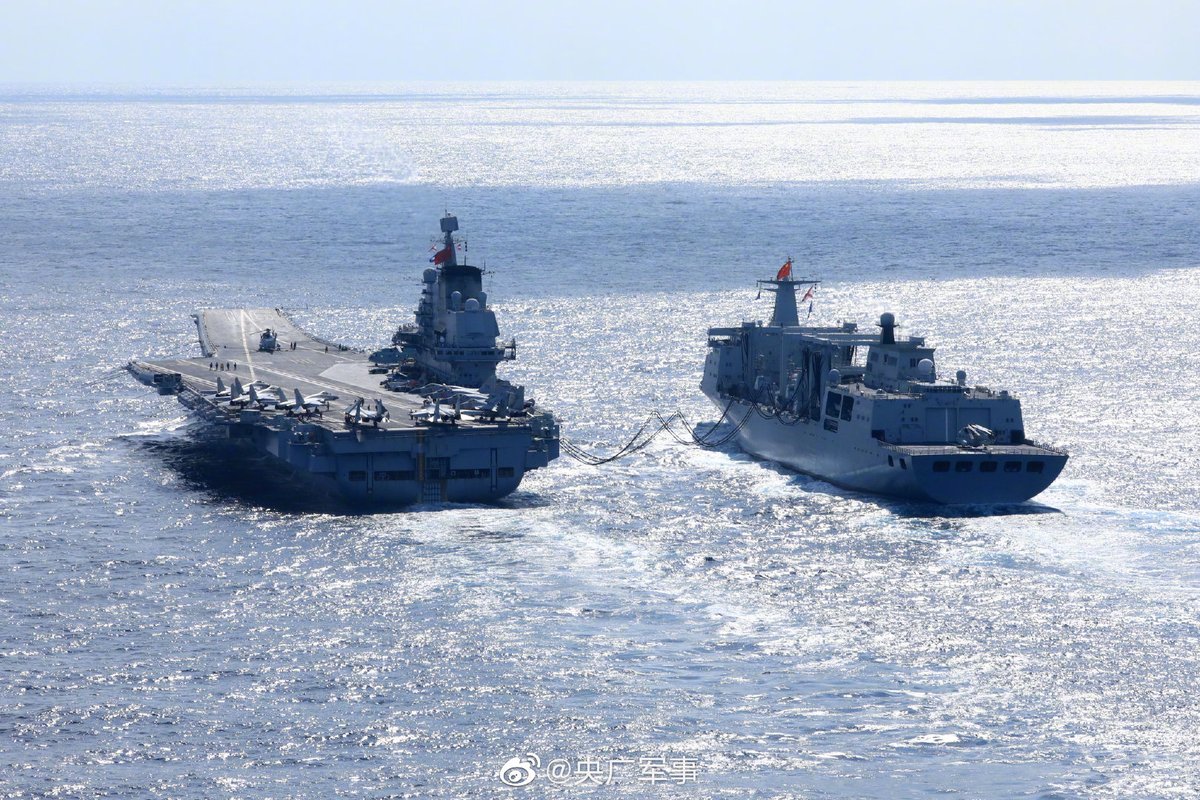PLA Daily, the official publication of the People’s Liberation Army, has admitted that the military has a shortage of trained and skilled troops required to operate state-of-the-art military equipment.
China’s military has disclosed that the vice-captain of a battleship has not yet passed a crucial training test, in an oblique but unusual admission of its lack of highly trained professionals.
According to the report published on December 26 by the military mouthpiece PLA Daily, the vice-captain of the Type 056 corvette Zhangye had not been able to finish a crucial training assessment.
The report noted either ship maintenance or scheduling problems brought on the delay. However, it did not indicate when the evaluation had been scheduled to be due. According to the report, Vice-Captain Wang Yubing is only one of several navy soldiers whose training has been delayed.

The statement emphasizes a significant issue as China quickens the People’s Liberation Army’s modernization: a shortage of high-tech competence that prevents cutting-edge equipment from being used to its maximum potential, especially in the navy.
According to the PLA Daily report titled “Equipment Awaiting Talent,” this has left the PLA Navy lacking the personnel with the necessary skills to handle freshly enlisted ships and high-tech equipment. “In recent years, as new warships have been commissioned and old ships retired, the problem of ‘equipment awaiting talent’ has become increasingly severe,” said the report.
“In particular, due to a training resources imbalance, it is difficult to systematically organize the training of some commanders and key soldiers; and it is difficult to organize the final training assessments as scheduled,” it added.
The admission by the official mouthpiece comes at a time of growing competition between China and its rivals in the Indo-Pacific region. Recently, the Liaoning Battle Carrier group sailed close to the US Pacific island territory of Guam, which houses very strategically placed military facilities.

Not just that, the PLA Navy demonstrated the capability to conduct military drills with two of its aircraft carriers, with Liaoning performing maneuvers in the West Pacific, while the Shandong Aircraft Carrier group conducted military exercises in the South China Sea.
China has the largest navy in the world by size of fleet and has been bolstering its capability by modernizing and inducting cutting-edge vessels.
However, the lack of trained and skilled personnel who are required to operate this technologically-driven modern equipment could prove to be a dampener at a time when the PLA has set its eyes on the far seas and has constantly been threatening an invasion of Taiwan.
The PLA Is Exploring Solutions To Tackle Talent Shortfalls
To fill the capability gap, the PLA seems to be exploring options that could prove to be a stop-gap solution. For instance, a former instructor in the Chinese military and popular media commentator Song Zhongping said that naval personnel from retiring ships had to be retrained to get familiarized with the new, more automated, and information-based ships.
“Some veteran soldiers have to be trained as fresh recruits are to be ready for their new roles, such as commanders and key operators of more modern warships,” Song said.
The report further stated that the promotions of several personnel had been delayed since training and evaluation are necessary steps. This means the PLA deals with a dual problem- a scarcity of skilled personnel and fewer people to assume commanding roles.
The disclosure from the military mouthpiece was exceptional as it validated the purportedly ongoing issue of a skills shortage and listed its causes.
According to Ni Lexiong, a military analyst based in Shanghai, the current PLA Navy’s powerful armaments required higher degrees of operating expertise. “For a modern navy, its soldiers must understand and master skills like operating drones and cooperating with other forces on the ground and in the sky,” Ni said.
The military analyst further elaborated that since training has had a difficult time keeping up with the rapid modernization of the military in recent years, China’s talent shortage is inevitable. The PLA Daily report noted that the PLAN was now rotating and coordinating training sessions to manage the backlog while fully using the limited training ships.
Ni suggested that the military enlist more highly educated personnel and re-enlist retired soldiers if they were still fit. Ni said, “Hiring postgraduates [with their higher knowledge base] and veterans can shorten training periods and speed up talent education.” The Central Military Commission earlier endorsed a similar approach.
At the time, the commission advocated fostering military personnel with sophisticated technological backgrounds and fighting skills in a report titled “Opinions on expediting the reform and development of military postgraduate education.”
A comprehensive modernization of the PLA was started by President Xi Jinping in 2015 and has continued to grow by leaps and bounds over the years.
Earlier this year, Beijing launched a recruitment campaign for the People’s Liberation Army that eliminated age restrictions and offered preference to college students majoring in science, technology, engineering, and mathematics. In addition, priority was given to skills related to the internet, communication, engineering, surveying, and drone operation.
China has invested heavily in developing cutting-edge military hardware, such as missiles, warships, drones, and fighter jets, to modernize.
The Chinese Naval fleet has grown due to increased spending for the navy and includes three aircraft carriers and six Type 055 super destroyers on active duty. The PLA possesses the largest navy in the world, with a total fighting force of roughly 350 surface ships and submarines, including more than 130 major surface combatants.
However, in the face of a shortfall of enough manpower, Xi Jinping’s dream to become a world-class navy and take on the US Navy would become challenging.

